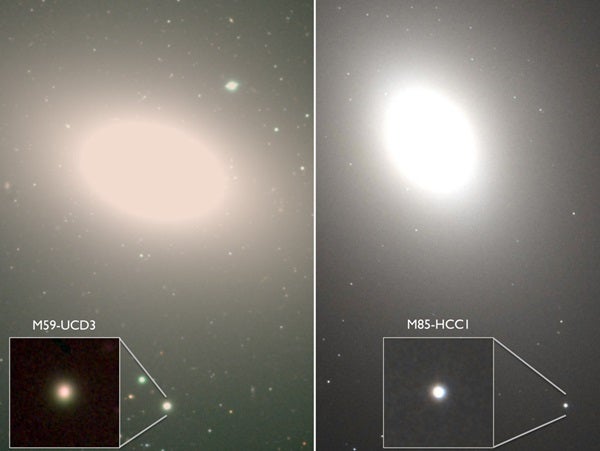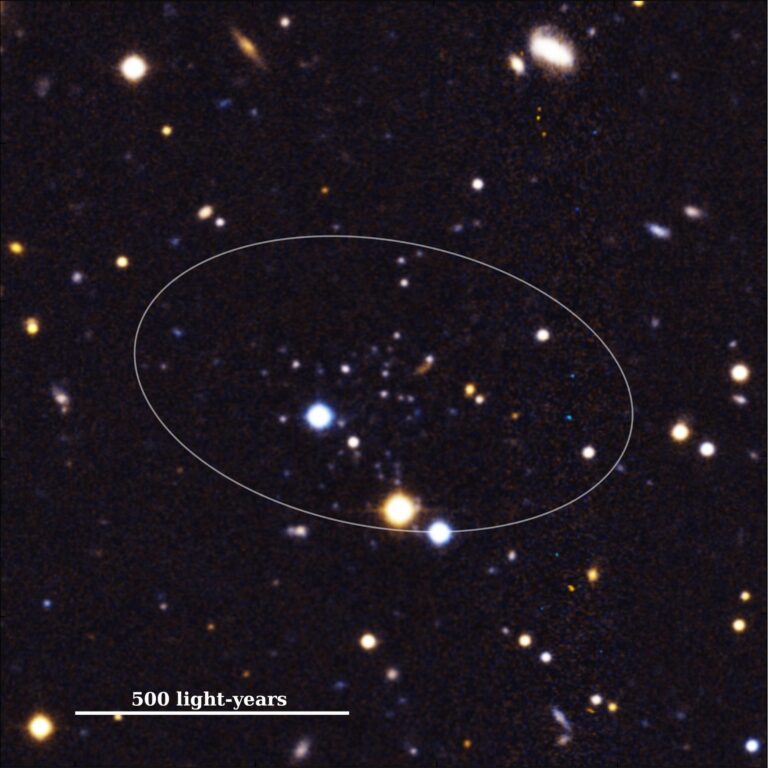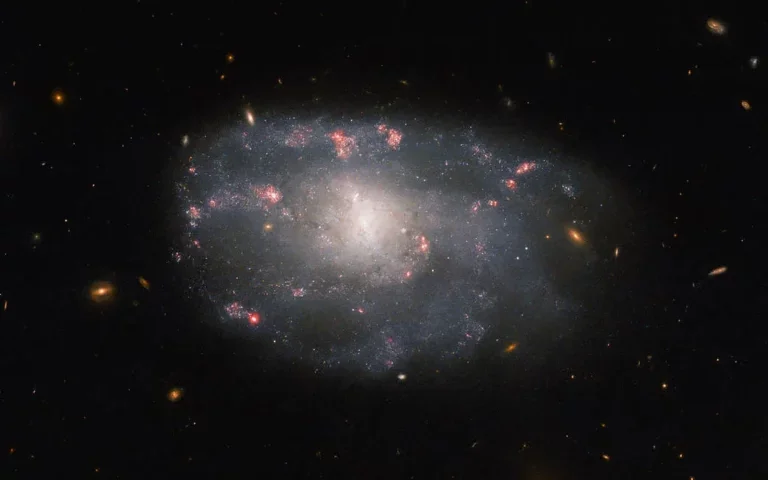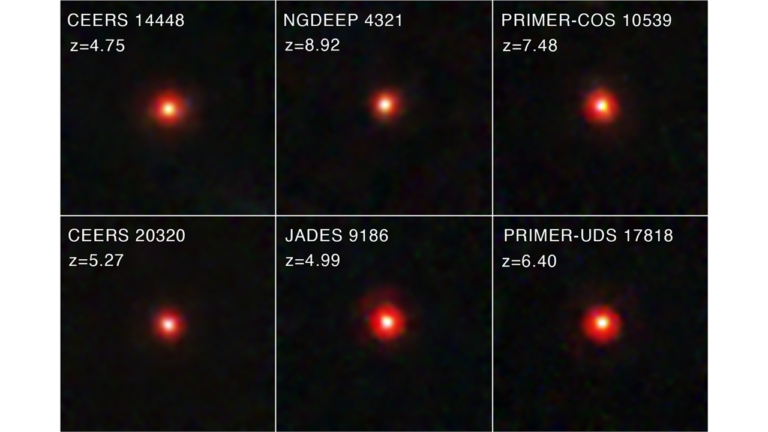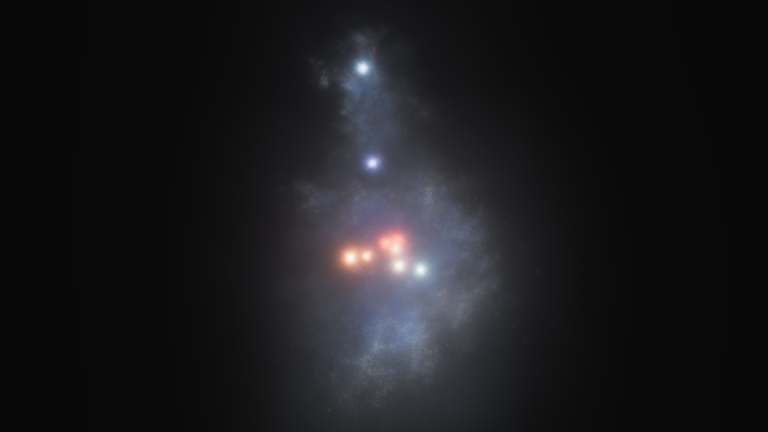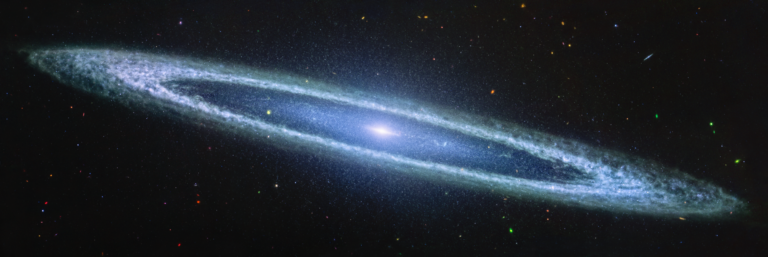The first system discovered by the investigators, M59-UCD3, has a width two hundred times smaller than our Milky Way Galaxy and a stellar density 10,000 times larger than the Sun’s neighborhood. For an observer in the core of M59-UCD3, the night sky would be a dazzling display, lit up by a million stars. The stellar density of the second system, M85-HCC1, is higher still: about a million times that of the solar neighborhood. Both systems belong to the new class of galaxies known as ultracompact dwarfs (UCDs).
The study, led by undergraduates Michael Sandoval and Richard Vo, used imaging data from the Sloan Digital Sky Survey, the Subaru Telescope, and the Hubble Space Telescope, as well as spectroscopy from the Goodman Spectrograph on the Southern Astrophysical Research Telescope (SOAR), located on the Cerro Tololo Inter-American Observatory site. The National Optical Astronomy Observatory (NOAO) is a SOAR partner. The SOAR spectrum was used to show that M59-UCD3 is associated with a larger host galaxy, M59, and to measure the age and elemental abundances of the galaxy’s stars.
“Ultracompact stellar systems like these are easy to find once you know what to look for. However, they were overlooked for decades because no one imagined such objects existed: they were hiding in plain sight,” said Richard Vo. “When we discovered one UCD serendipitously, we realized there must be others, and we set out to find them.”
The students were motivated by the idea that all it takes to initiate a discovery is a good idea, archival data, and dedication. The last element was critical because the students worked on the project on their own time. Aaron Romanowsky, the faculty mentor and coauthor on the study, explained, “The combination of these elements and the use of national facilities for follow up spectroscopy is a great way to engage undergraduates in frontline astronomical research, especially for teaching universities like San José State that lack large research budgets and their own astronomical facilities.”
The nature and origins of UCDs are mysterious – are they the remnant nuclei of tidally stripped dwarf galaxies, merged stellar super-clusters, or genuine compact dwarf galaxies formed in the smallest peaks of primordial dark matter fluctuations?
Sandoval favors the tidally stripped hypothesis. “One of the best clues is that some UCDs host overweight supermassive black holes. This suggests that UCDs were originally much bigger galaxies with normal supermassive black holes, whose fluffy outer parts were stripped away, leaving their dense centers behind. This is plausible because the known UCDs are found near massive galaxies that could have done the stripping.”
An additional line of evidence is the high abundance of heavy elements such as iron in UCDs. Because large galaxies are more efficient factories to make these metals, a high metal content may indicate that the galaxy used to be much larger.
To test this hypothesis, the team will investigate the motions of stars in the center of M59-UCD3 to look for a supermassive black hole. They are also on the hunt for more UCDs, to understand how commonly they occur and how diverse they are.

